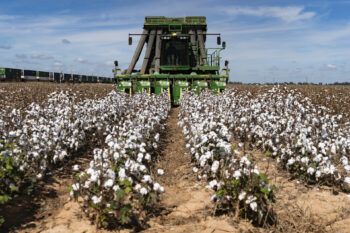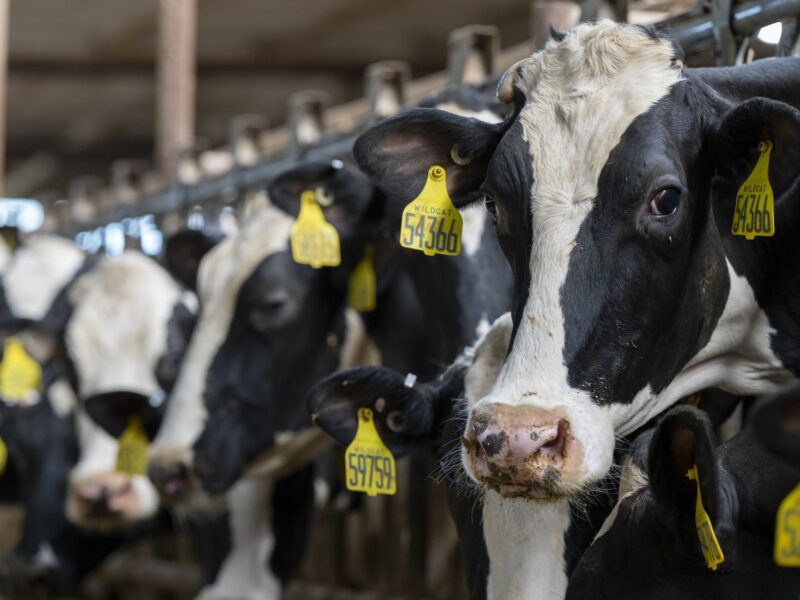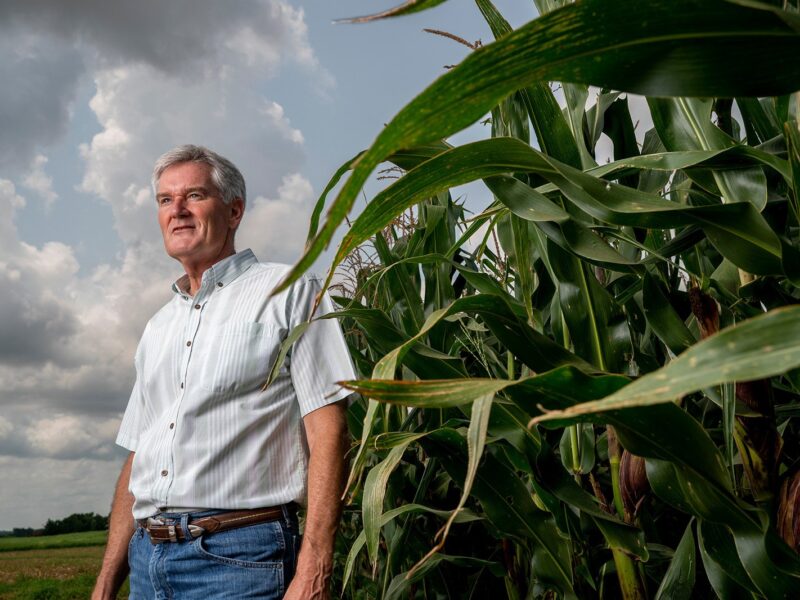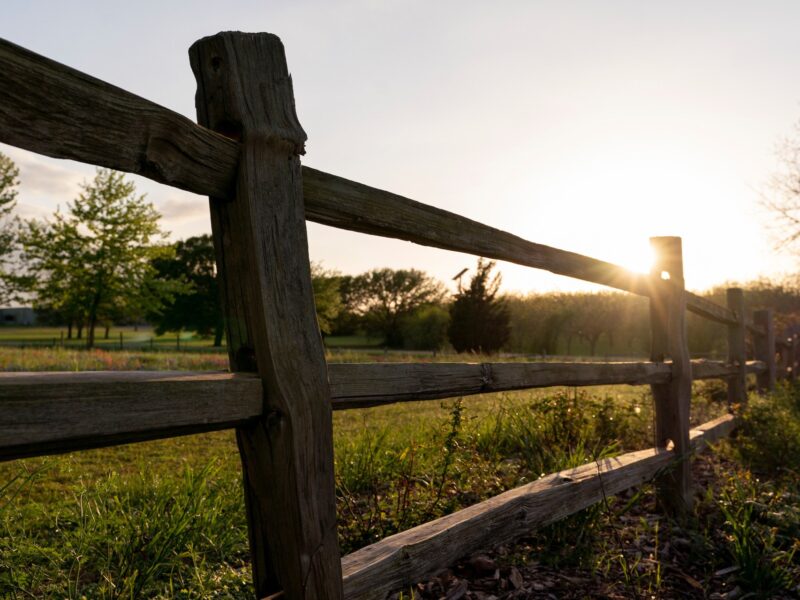New Modeling App To Assist Farmers With Forecasting

Being able to see into the future would be a handy trick for anybody, but that ability could be indispensable in helping farmers navigate the ups and downs of Mother Nature and markets.
Scientists with Texas A&M AgriLife Research in the Texas A&M College of Agriculture and Life Sciences are developing a tool that could give agricultural producers a glimpse into the future for planning purposes.
Dr. Raghavan Srinivasan, professor in the Texas A&M Department of Ecology and Conservation Biology and Biological and Agricultural Engineering, received more than $750,000 in grant funding from the National Institute of Food and Agriculture and is leading a team to develop an integrated decision support system (IDSS) — a modeling tool that can forecast potential cropping conditions and economic results for producers.
The tool will utilize existing technology, data collection tools and data — including weather, market prices, farm production costs and revenues, water conservation practices and water movement through watersheds — to project scenario-based outcomes for producer operations based on possible fluctuations within those factors.
“It would be an incredibly powerful tool for farmers and agricultural operations to have in their toolbox,” Srinivasan said. “This tool won’t tell us the future, but it will give us the range of potential outcomes based on factors like continuing drought or changes in input costs or commodity market conditions. The goal is to help farmers consider economic, environmental and production challenges together in one place.”
Modeling App Development Underway
This type of tool could be especially valuable as producers in the U.S. and around the world are facing challenges related to increasingly variable weather, including droughts.
The team, which includes researchers Dr. Jean-Claude Bizimana, Dr. Samuel Zapata and Dr. Anthony Baffoe-Bonnie, all with the Texas A&M Department of Agricultural Economics, and a water resource engineering expert from Oregon State University, plans to develop an IDSS, “ECO-HAWQS@Farm,” that tightly couples economic and watershed models within an accessible user interface.
The new application is expected to give producers insights on potential outcomes and help them plan in ways that help mitigate risks, Bizimana said. The project will test the performance of ECO-HAWQS by working with small- and medium-sized farming operations in Texas’ Lower Rio Grande Valley and Oregon’s Umatilla River Basin.
Bizimana said team members are engaging with a “focus group” of growers in the Rio Grande Valley to assess factors like acreage, cropping options and rotations, and the use of conservation practices like cover crops or no-till cropping. Researchers’ discussions with growers will help them set parameters for the new application in ways that provide useful decision support in “real-world” conditions.
The research team is close to having enough feedback from farmers and is ready to input data. The next step will be to engage with a larger pool of farmers in the region with small- to medium-sized operations to expand the model’s datasets, Bizimana said.
Bizimana said the goal is to produce a decision support tool that growers across the country and globe can access and use easily.
“We’ll be recruiting farmers for feedback,” he said. “We’re in the early stages of the project, but we all understand the value a tool like this represents for growers, especially smaller operations, to capitalize on opportunities and avoid major setbacks.”
This article by Adam Russell originally appeared on AgriLife Today.





